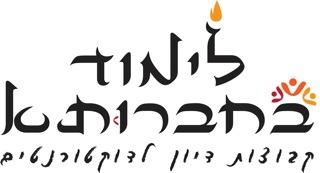This session was focussed on a culture of stone tool making used by our earliest hominin ancestors: the so-called “Oldowan Industry”, named after the Oldovai Gorge in Tanzania where many stone artifacts and ancient hominin remains were found. The goal of the session was to acquire a shared overview between us on the period of time where Oldowan tools started to be made i.e. the lower Paleolithic from after 3 million years go. Each member presented a particular article or resource relating to Oldowan stone tools and then we had an open discussion on some of the topics or ideas raised. We spent some time discussing the abilities of various animals including the Capuchin monkeys from Brazil and their behaviours that approximate tool making. In addition to that, we considered what might the creation of the stone tools themselves tell us about the people who made them, for example, whether language or a ‘proto-language’ may have been necessary for the transmission of these early stone tools. Towards the end of the session an interesting discussion emerged out of the consideration of our co-evolution with tools. As we usually approach human evolution from an anthropocentric view, it might be useful to consider tools as having just as much agency for shaping human evolution as humans have for shaping tools. We closed by considering advanced cooperation and wondered about the factors necessary for us to describe something as ‘civilisation’.

